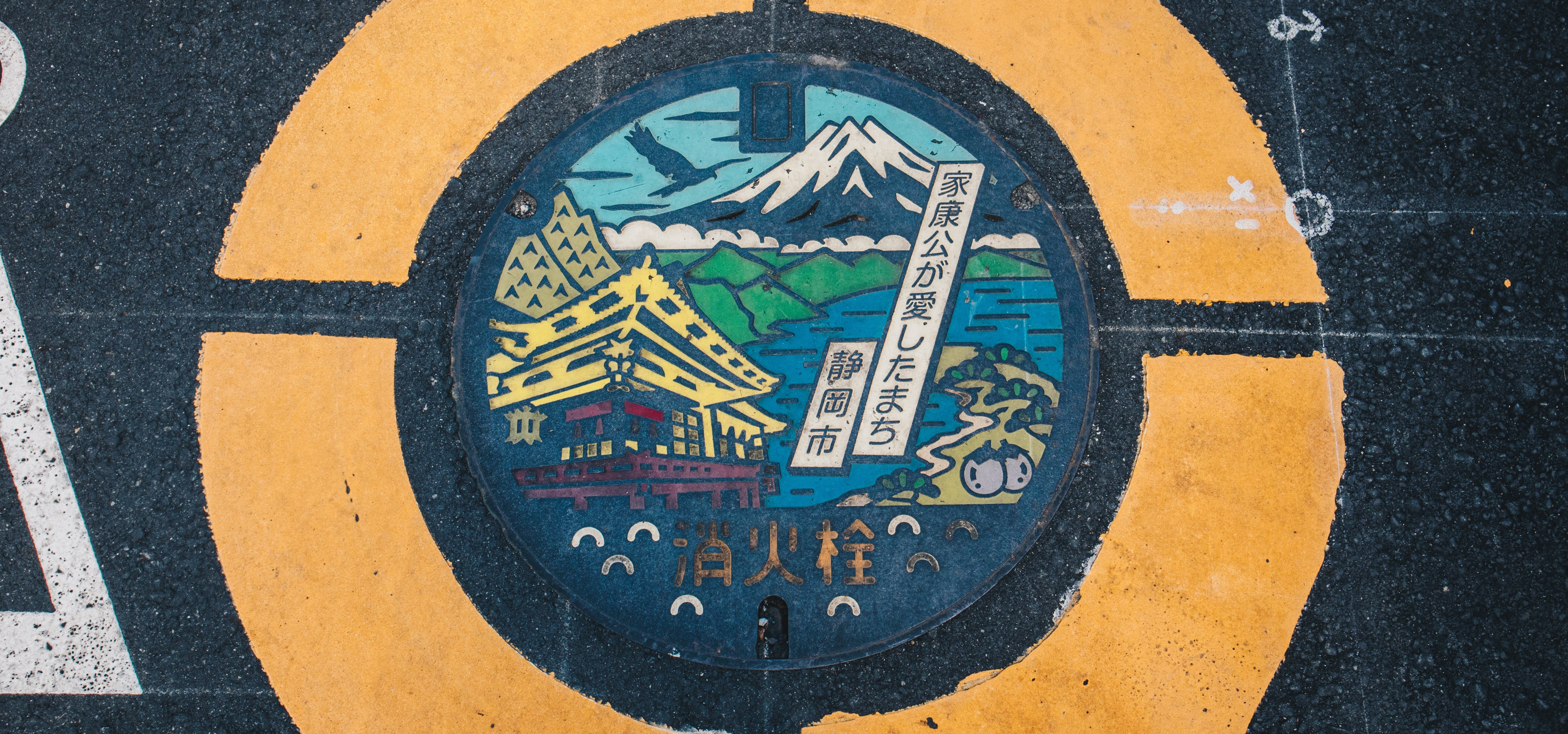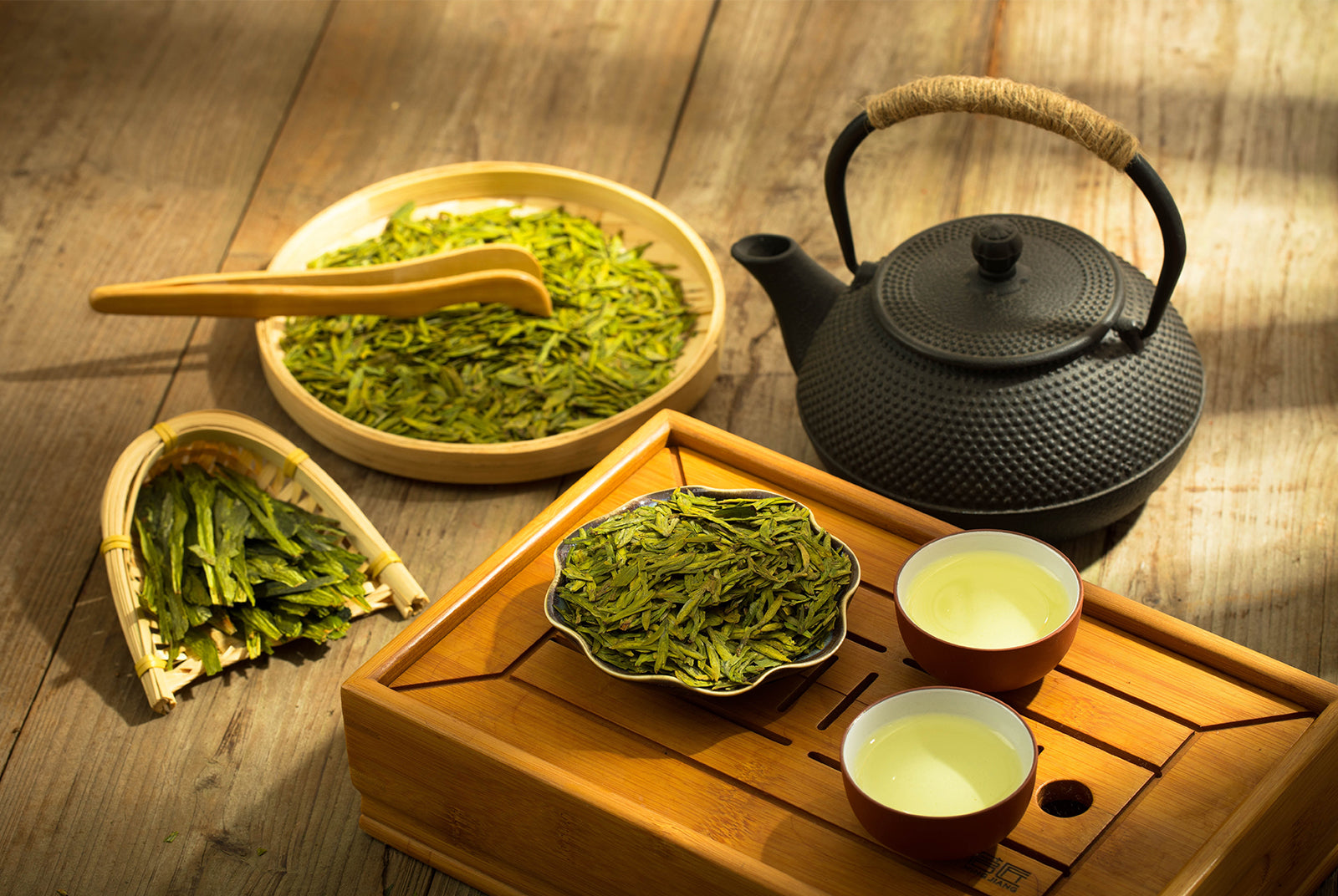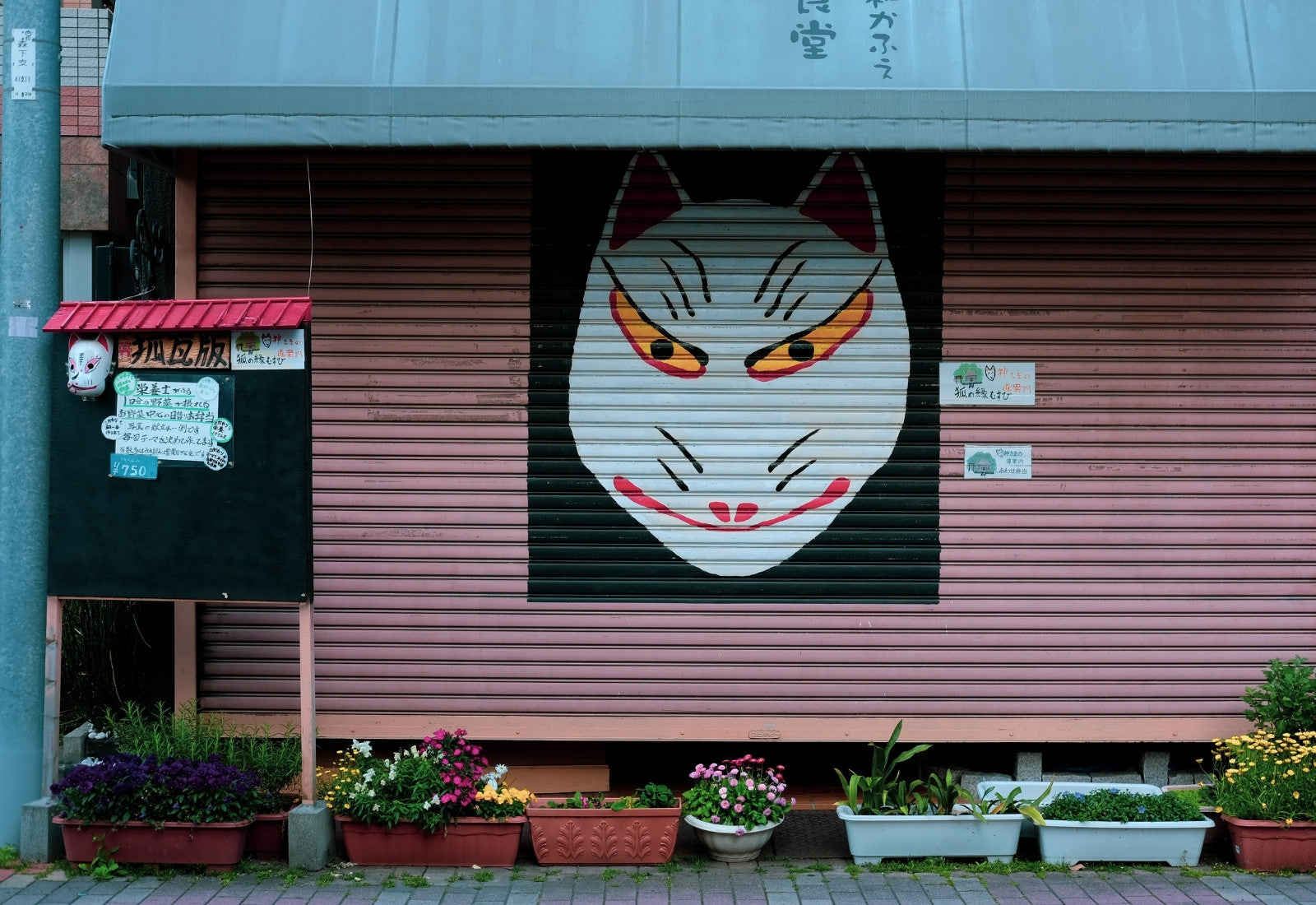
THE UNIQUE STREET ART OF JAPANESE MANHOLDERS
As we know, there is nothing more Japanese than transforming common objects into something extraordinary: this is the case of manhoru , or manhole covers present in every region of Japan , often made into true works of art, with a unique and creative design, embellished with colorful motifs, traditional floral and naturalistic symbols. What were once banal manholes have over time become real tourist destinations not to be missed ! 
Famous scene from Japanese history on a manhole in Atami City © Kenshi Kingami via Unsplash
This artistic form originated in the 1970s , when Yasutake Kameda, an employee of the Ministry of Infrastructure, thought that making manholes into true pieces of art could help raise awareness among citizens, encouraging them to contribute to the financing of new sewer systems.
The realization of the first project took place in 1975 in Okinawa and gave rise, in the following years, to a rapid diffusion of the practice, until the birth of a real cultural phenomenon on a national scale .
 Manhole with local mascot in Shizuoka Prefecture © Kenshi Kingami via Unsplash
Manhole with local mascot in Shizuoka Prefecture © Kenshi Kingami via Unsplash
The municipalities that participated in this initiative began a real competition over who could create the best project. Thanks to this challenge, over time many unique pieces were born with elaborate and absolutely original designs. Already in 2000 the number of works was very high, but it has grown over time until today there are almost 6000 manhole covers with customized designs, spread across almost all of the 1780 municipalities that make up Japan.
Every time a city decides to create a new design, it is designed from scratch: after having approved the draft design, a final mold is created, which will then be colored and made exclusively by hand ! 
The most popular category of drawings is certainly the natural one . Trees, animals and floral motifs are the true protagonists of this art, but certainly not the only ones: in fact we find Yuku-kyara mascots, culinary specialties, events and landmarks representative of the cultural identity of each individual city .
In one of the manholes in the town of Kobe, for example, the municipal zoo, very famous among tourists, was represented; in Osaka, however, the iconic castle was depicted, while some manhole covers in the Chubu region feature Mount Fuji as the protagonist.
 July 2021, Mishima. Colored manhole with Mt. Fuji design by Kenshi Kingami on Unsplash
July 2021, Mishima. Colored manhole with Mt. Fuji design by Kenshi Kingami on Unsplash
In addition to reflecting a local characteristic, sometimes manhole designs offer a nice homage to the culture of Anime and Manga : this is the case of the well-known series “Detective Conan”, whose manhole is positioned in the author's hometown, by Hello Kitty, the sweet, internationally renowned kitten to whom a manhole has been dedicated in the city of Tama, where a well-known theme park is located, and obviously Pokémon, to which pieces scattered throughout the country are dedicated.
Local sports teams are also often the subject of drawings, on manhole covers usually located near arenas and stadiums, as in the case of the famous logo of the Hiroshima Tokyo Carp baseball team. 
In recent years, there have been many cities and neighborhoods that have started to create innovative and cutting-edge pieces : the technology has even managed to reach Japanese manholes . In fact, QR codes have been integrated into many designs which, if scanned, provide information on tourist places to visit and recommend restaurants and clubs characteristic of the area.
Some businesses even offer discounts if you show them a photo of the manhole with the QR code. Strange as it may seem, Japan's manholes have contributed significantly to tourism , encouraging travelers to visit even the country's lesser-known areas. 
But the charm of these "urban works of art" does not end here: thanks to their refined style and the ever-growing number of enthusiasts, in 2016 collector's figures were also created for each manhole designed up to that point. In these cards - which have become so popular that they are often purchased and then resold on online auctions at very high prices - the historical and image characteristics are told, complete with coordinates for finding them.
 Gadgets from the convention dedicated to the art of manhole covers © Spoon & Tamago
Gadgets from the convention dedicated to the art of manhole covers © Spoon & Tamago
A curiosity? Every year Japan organizes a convention dedicated to these unique manhole covers, to celebrate the artists who design them and who often remain behind the scenes. During the event, visitors can enjoy a unique and immersive experience dedicated to manhoru , including collectible cards, key rings, various objects and even biscuits and snacks imprinted with manhole cover drawings.
The amount of people who take part in this event every year highlights how much these urban works are appreciated and how much Japan is capable of fascinating, whether it's food, history or manhole covers !



